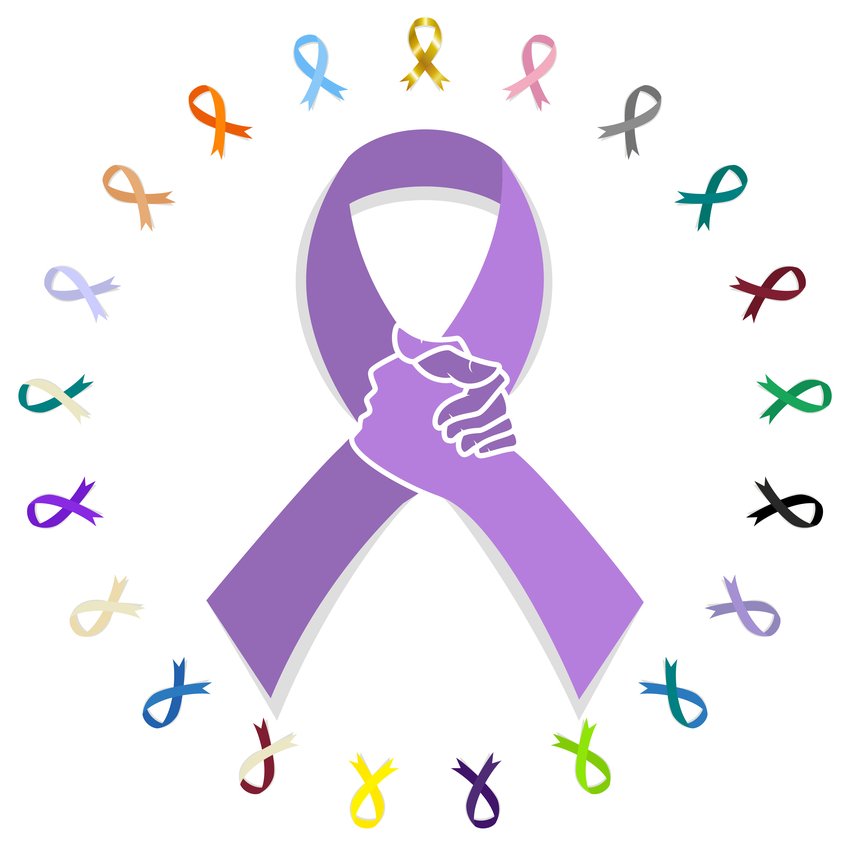
Cancer is a disease caused by an uncontrolled division of abnormal cells in a part of the body.
a malignant growth or tumor resulting from an uncontrolled division of cells.
Stages of Cancer.
Stage 0 means there's no cancer, only abnormal cells with the potential to become cancer.
Stage I means the cancer is small and only in one area.
Risk Factor.
Benefits of early diagnosis of Cancer
Early detection, screening, and diagnosis
Surgery. The goal of surgery is to remove cancer or as much cancer as possible.
Chemotherapy. Chemotherapy uses drugs to kill cancer cells.
Radiation therapy. Radiation therapy uses high-powered energy beams, such as X-rays or protons, to kill cancer cells. Radiation treatment can come from a machine outside your body (external beam radiation), or it can be placed inside your body (brachytherapy).
Bone marrow transplant. Your bone marrow is the material inside your bones that makes blood cells from blood stem cells. A bone marrow transplant, also knowns as a stem cell transplant can use your own bone marrow stem cells or those from a donor.<